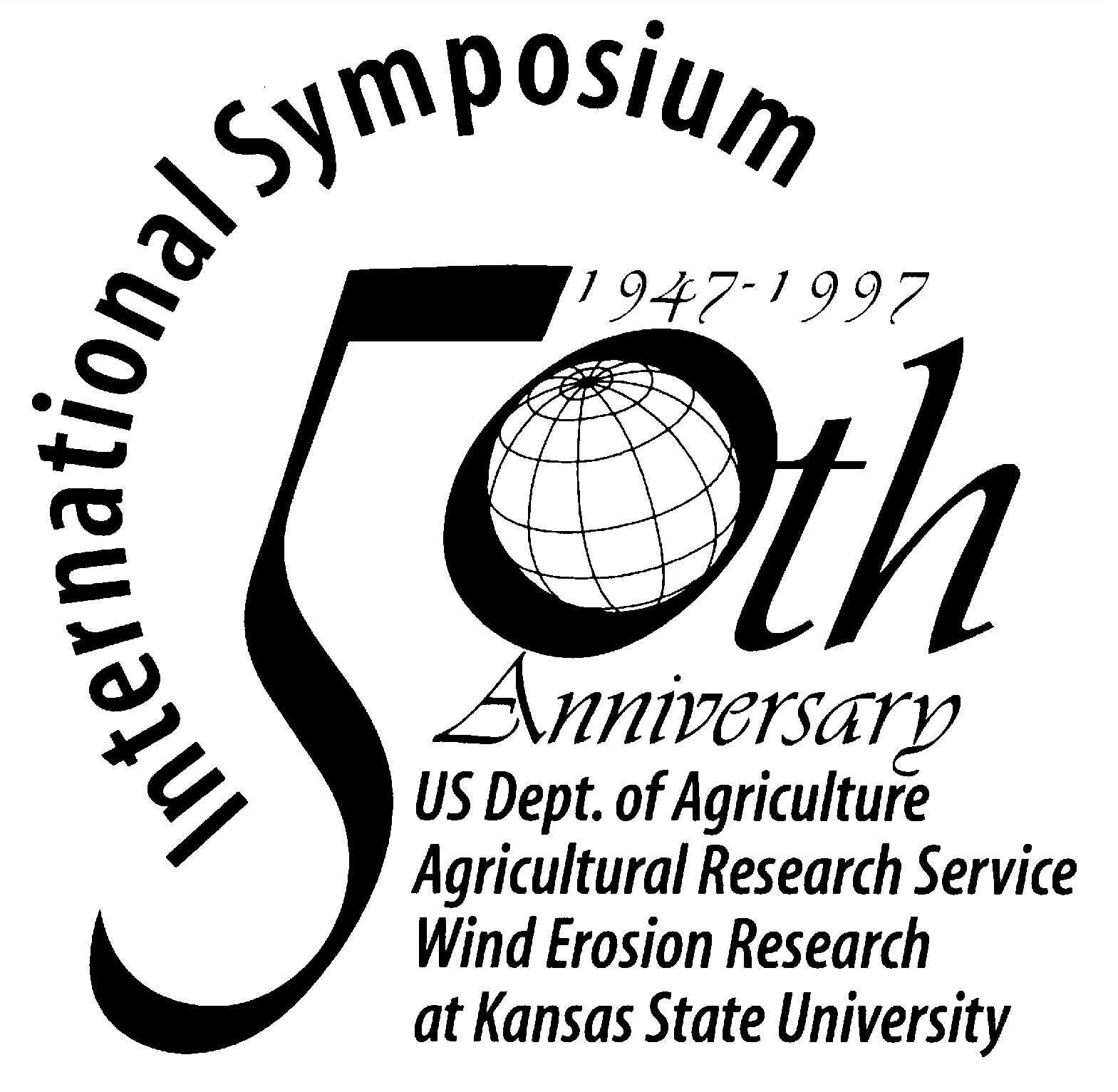|
Plant Growth Model for WEPS (Wind Erosion Prediction System)
A. Retta and D. V. Armbrust
Abstract
A wind erosion prediction system (WEPS) that simulates all the major processes that
affect wind erosion was developed. Growing seedlings provide protection from wind erosion,
with stems being roughly 10 times more effective than leaves. Leaves of young seedlings
are more sensitive to sand blast damage than are stems, and leaves decompose at a faster
rate than stems. At harvest, an estimate of the amount of fresh residue remaining on the
soil surface is needed. The WEPS plant growth model (dubbed CROP) calculates daily
production of biomass as a function of intercepted photosynthetically active radiation.
Daily biomass production is partitioned into masses of roots, leaves, stems, and
reproductive parts. Leaf and stem area is calculated as a product of mass and specific
area. At harvest, economic (grain or other yield) and noneconomic (chaff) parts are
calculated and an estimate is made of the amount of biomass left on the soil surface. Crop
growth variables can be adjusted for suboptimal temperature conditions or lack of adequate
supplies of water and nutrients to meet crop needs. The model was tested on data from
several crops. Comparison between measured and simulated stem area index indicated that
the model underestimated stem area index. However, agreement between measured and
simulated leaf area index, leaf mass, stem mass, reproductive mass, and aboveground
biomass was good, with r2 values ranging from 0.70 to 0.92, slopes close to 1,
and intercepts close to 0, indicating that the model simulates growth of crop biomass and
leaf area reasonably well. |




